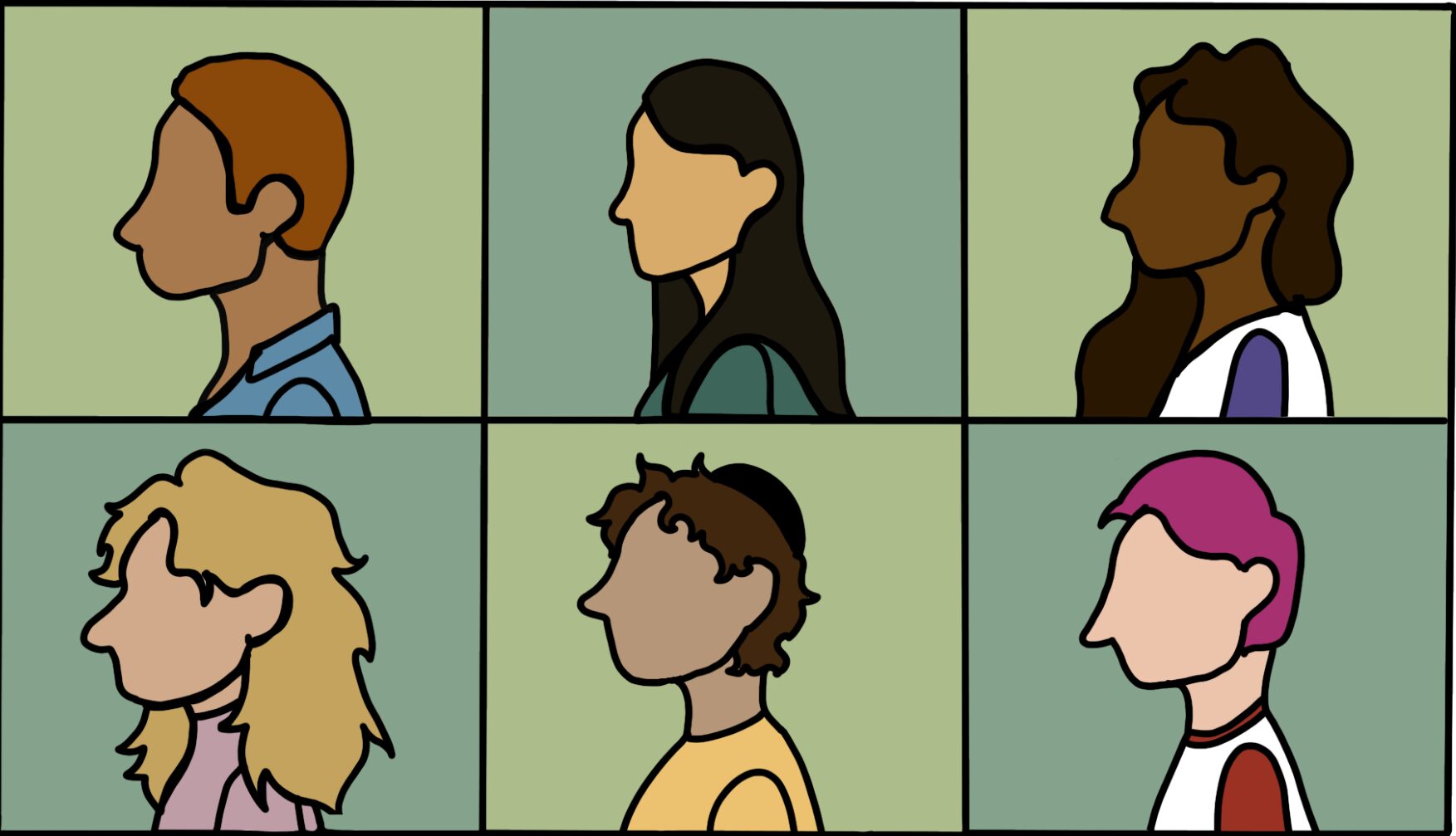Understanding Anti Racism as an Asian-American
Last spring, multiple esteemed news publications published critical articles about Grace and its commitment to integrating antiracist teachings into the curricula. Reading these sources made me scoff, thinking that they could not be more wrong. As I continued to think about how articles were portraying our school inaccurately, I started to wonder what our school’s commitment to antiracism truly is.
I couldn’t explain to anyone how Grace was taking action when it came to antiracism work. I am an Asian-American girl attending a predominantly white institution and, at times, it seemed that no one was taking action besides people of color. I understood the need for affinity spaces and a language handbook. I appreciated the initiatives that Grace was taking after demonstrating hesitancy to speak about racism on campus and off-campus for my first year here. The practices that were being labeled “indoctrinating” and criticized for “demonizing white students” in the media was work that was vital in understanding the struggles of people of color inside and outside of our community. However, Grace’s definition of the word “anti-racism” was still unclear to me.
Grace was one of many independent schools that received unwanted attention surrounding their approach to antiracism work. I found Grace’s statement on antiracism on the school’s homepage to be vague and uninformative. In other private institutions’ antiracism statements, I still struggled to encounter a definition of anti-racism that made sense to me. Most were ambiguous and eerily similar. All the statements agreed that the goal of anti-racism was to address, identify, and acknowledge all forms of racism. But there was one sentence in Grace’s statement that stood out to me:
“Inclusion is not enough and equity is an impossibility if we cannot name, acknowledge, and oppose the forces of racism and all forms of bias, hate, and fear that exist in our society and that seek to diminish so many in our midst.”
Everything else in the statement did nothing to explain how Grace was putting words into action. I was still unsure of what to make of these statements, leading me to talk to members of the Student Diversity Council (SDC).
Madison K. ‘22, a leader of the SDC, Amazing GRACE (the black affinity space), and Let’s Dish! (a support group for girls of color) helped me understand the Student Life Agreement and how it relates to Grace’s antiracism work.
The Student Life Agreement is a document all students must sign every year that ensures the kind and inclusive manner of Grace. Madison describes the Student Life Agreement as helping to “set the school community aside from just one that isn’t racist, but wants to also actively work to break down our unconscious biases towards each other to help foster a collaborative learning environment.” Madison’s description of this active work was able to inform me about the intent of Grace’s active antiracism work. However, it was similar to the information given in the antiracism statement on Grace’s website.
Rania C. ‘22, another member of the SDC, explained how she believes antiracism work is actively being applied at Grace. Rania wrote in an email: “the chapels, MLK symposiums, and other diversity events are currently working to make Grace anti-racist through educating, building, understanding and lifting the voices of [people of color.]” Rania’s statement helped me understand how both Grace’s antiracism statement and Madison’s words are translated into action.
I also spoke with Jean-Robert Andre, Dean of Equity and Inclusion. Mr. Andre explained the definition of antiracism: “[Antiracism] means understanding that race is a social construct designed to reinforce a hierarchy based on skin color but that racism is very much real and we all have a role in combating it (not just people of color.)”
Mr. Andre’s statement resonated with me and supplemented Rania’s description of antiracism. As a person of color, I often feel as though I, alongside other people of color, are the only ones taking action when it comes to speaking out against racism. I find myself feeling alone in this fight, being surrounded by people who are not taking as much initiative as I am. Mr. Andre referred to a quote by Ijeoma Oluo, a revered Nigerian-American author who writes frequently on critical race theory: “The beauty of anti-racism is that you don’t have to pretend to be free of racism to be an anti-racist. Anti-racism is the commitment to fight racism wherever you find it, including in yourself. And it’s the only way forward.”
After speaking with Madison, Rania, and Mr. Andre, I was able to grasp the true meaning of antiracism and how Grace is working to accomplish their mission, rather than just stating it as a fact before its application. A month ago, the word antiracism had little meaning to me. As a person of color, I found myself placing blind trust in my predominately white school when they had done almost nothing to make me trust them.
After reviewing Grace’s antiracism statement and speaking to SDC members, I trust that Grace is a safe space for me. After doing this investigation for myself, I find myself not only trusting, but aware that my school is truly trying to actively improve through antiracism programming.
As an Asian-American, I too was initially puzzled by the true meaning of antiracism, as I imagine many of my white peers feel as well. I encourage Grace to make their anti-racism work more transparent to everyone connected to the school, so members of Grace don’t have to search for answers on their own, as I did. I now understand Grace’s definition of antiracism work: the dedication to racial equality through actions, wherever applicable, in which we strive to bring attention to the voices and experiences of people of color.

